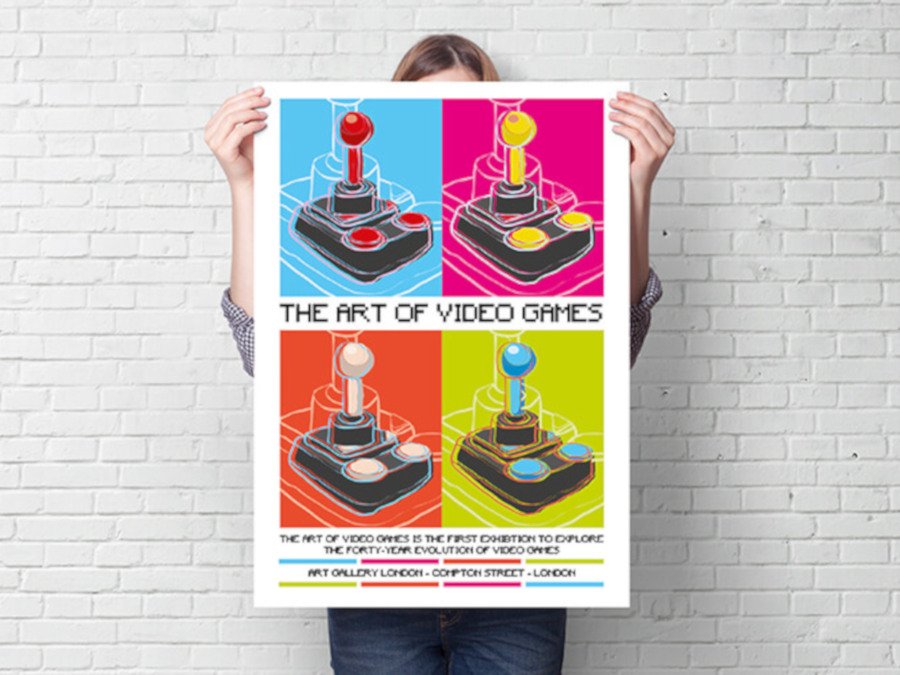Cover art serves as the first point of contact between creative content and potential audiences. Through strategic design elements, colour schemes, and composition techniques, cover art instantly communicates the essence of the content within. Professional designers understand the psychological effects of visual elements, using them to create memorable impressions that resonate with target demographics. The choice of imagery, typography, and overall aesthetic directly influences how viewers perceive and connect with the underlying content.
Market success
Successful cover art significantly contributes to product visibility across digital and physical platforms. Research shows that products with visually appealing cover art consistently outperform those with basic or poorly designed covers. Studies indicate that consumers spend an average of 3-4 seconds evaluating cover art before making purchase decisions. This brief window makes it crucial for designers to incorporate clear branding, readable text, and compelling visuals that stand out in crowded marketplaces.
Creative expression
Artists and designers view cover art as a unique medium for storytelling and artistic innovation. The limited canvas challenges creators to distil complex themes into single, impactful images that capture attention while maintaining artistic integrity. Cover artists often blend traditional techniques with digital tools, pushing the boundaries of visual communication. This fusion of artistry and commercial appeal requires balancing creative vision with market demands.
Brand identity
cover art plays a vital role in establishing and reinforcing brand recognition. Consistent visual elements across multiple releases help build trust and familiarity with audiences. Many successful brands maintain distinctive design languages in their cover art, creating instantly recognizable products. Colour schemes, logo placement, and typography choices become signature elements that audiences associate with quality content and specific brand values.
Consumer psychology
Understanding viewer behaviour helps creators optimize cover art for maximum impact. Research in consumer psychology reveals that certain visual elements trigger emotional responses and purchasing decisions. Factors like colour harmony, compositional balance, and symbolic imagery affect how viewers process and remember to cover art. This knowledge enables designers to create covers that appeal to specific demographic preferences while maintaining artistic quality.
Digital revolution
The shift toward digital platforms has transformed how audiences interact with cover art. Modern cover designs must remain effective across various screen sizes and resolutions while competing for attention in endless scroll environments. Mobile devices and streaming services present new challenges and opportunities for cover art innovation. Designers now consider factors like thumbnail visibility and animation possibilities when creating digital-first cover art.
Audience connection
Effective cover art builds emotional bridges between content and consumers. By incorporating relevant cultural references and targeted design elements, covers can speak directly to specific audience segments. Research indicates that viewers form stronger connections with content when the cover art authentically represents their interests and values. This emotional resonance often translates into increased engagement and sharing among community members.
Design evolution
Contemporary cover art continues to adapt to changing technological capabilities and audience expectations. Modern designers leverage advanced software tools and printing techniques to create increasingly sophisticated visuals. The integration of augmented reality and interactive elements represents the next frontier in cover art development. These innovations expand the traditional boundaries of static design while maintaining focus on core communication goals.
Emerging technologies and shifting consumer preferences continue to reshape cover art creation and consumption. Artificial intelligence tools offer new possibilities for personalized cover variations, while virtual reality platforms demand fresh approaches to visual presentation. Despite technological advancement, the fundamental goal remains unchanged: capturing attention and conveying value through compelling visual design.







